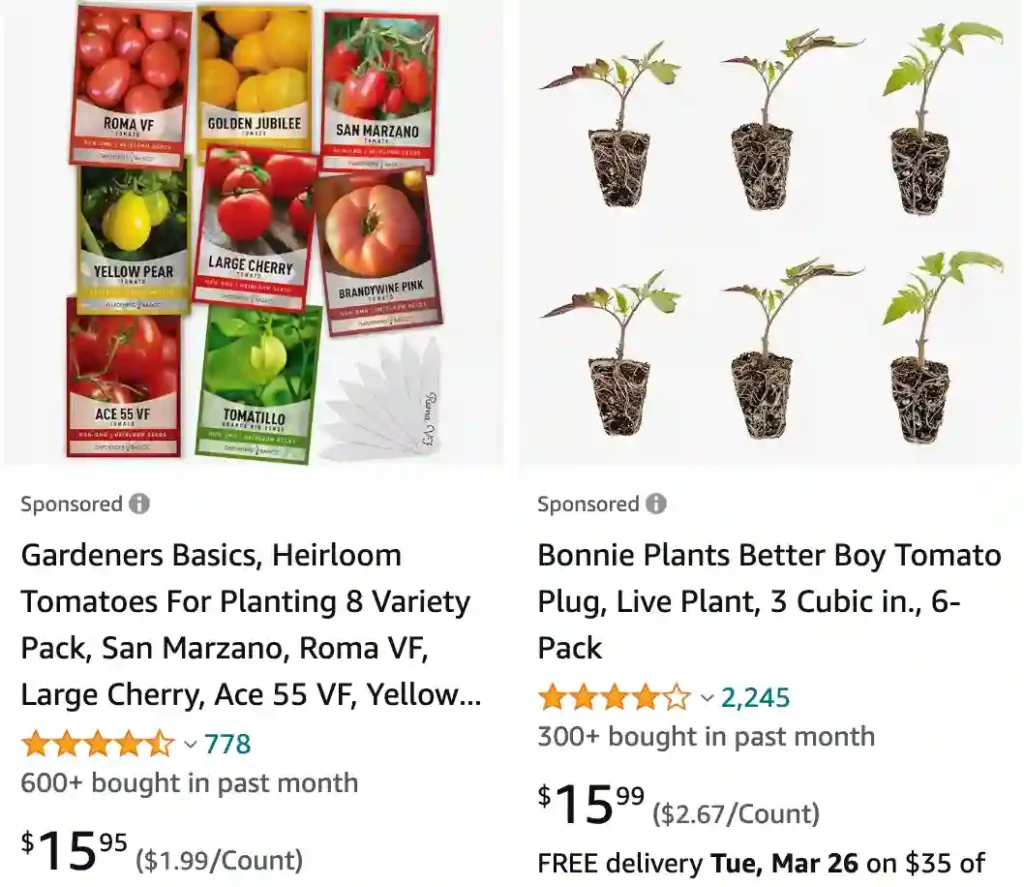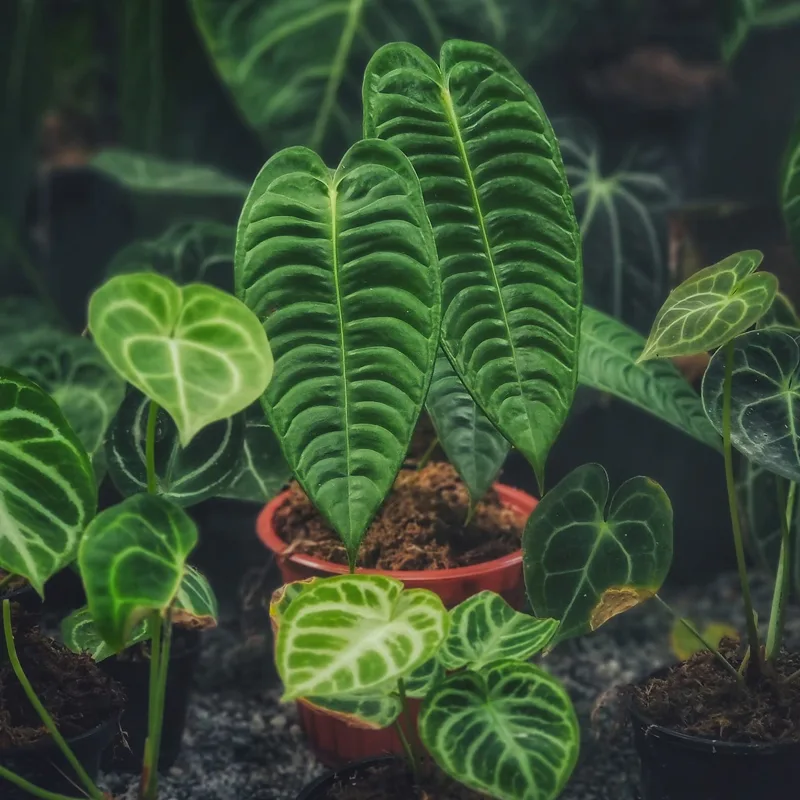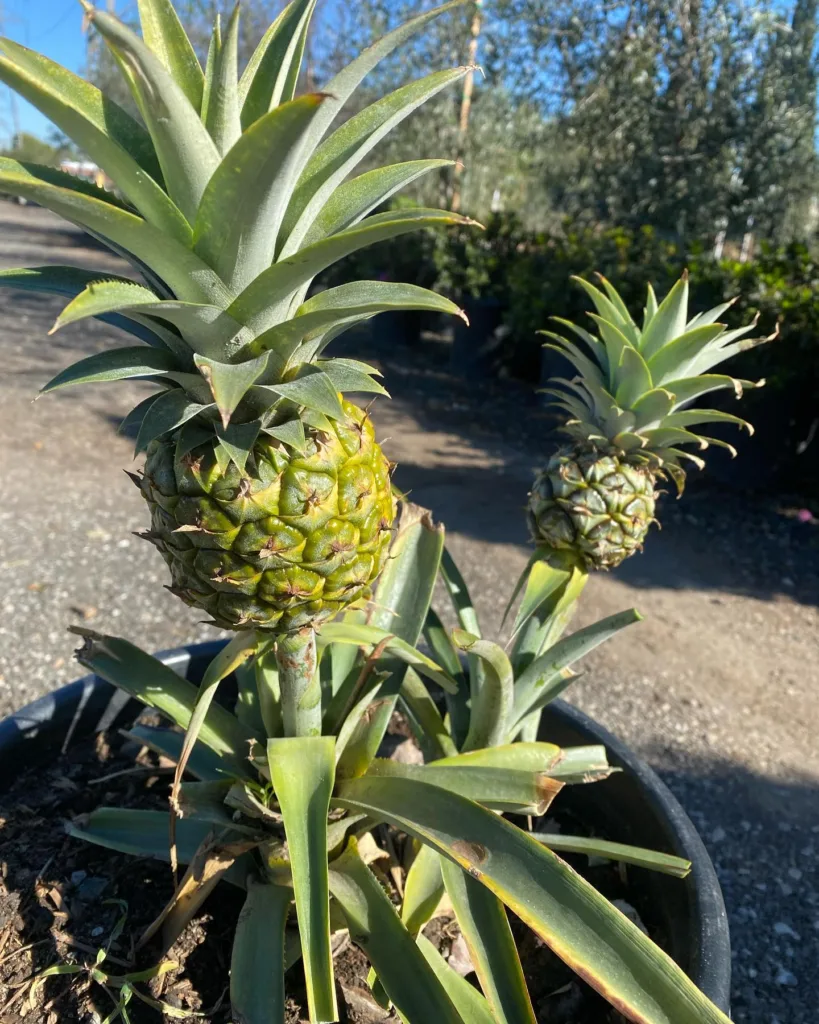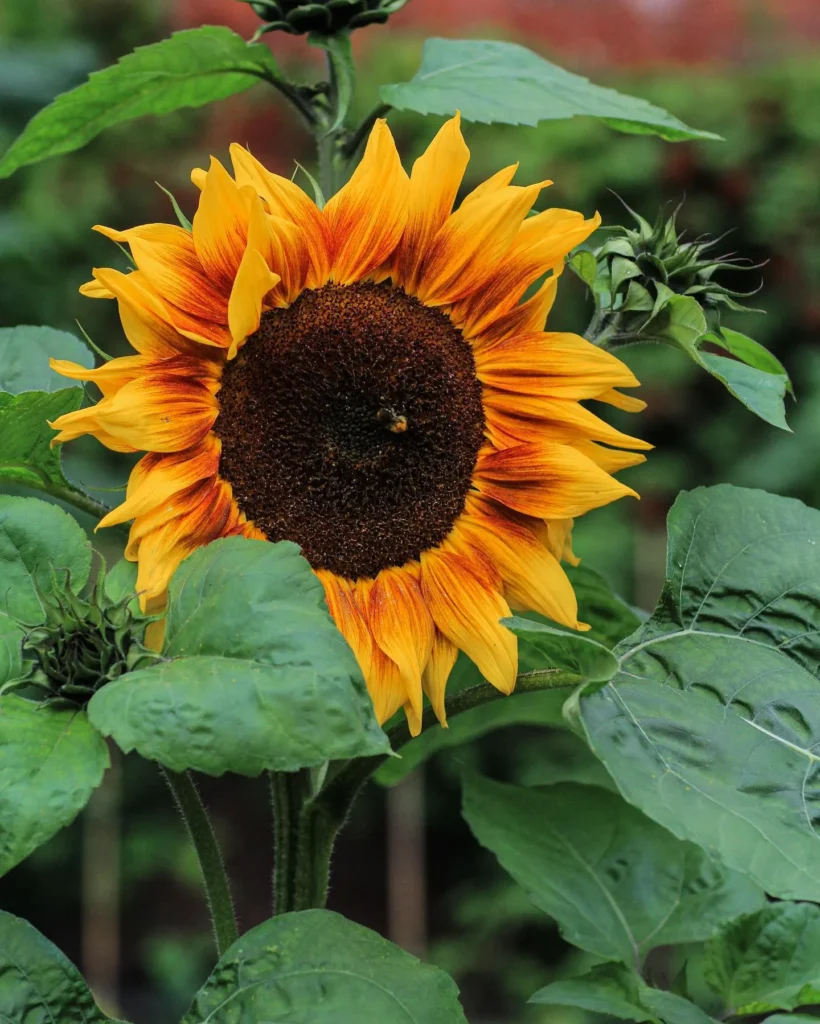
Top 100 Gift Ideas For Plant Lovers 2024
Do deer eat tomato plants?
Absolutely! Last summer, I planted a beautiful row of tomato plants, dreaming of fresh summer salads. But then I noticed ragged edges on the leaves and some branches completely gone. To my dismay, I spotted deer prints in the soft soil nearby. The cheeky things had munched on my tomato plants! I learned the hard way that deer love those tender leaves, and I had to scramble to put up a fence to keep them out.
Are coffee grounds good for tomato plants?
I’ve heard mixed things about coffee grounds for tomatoes. Some people swear by them, saying they add a kick of nitrogen to the soil. I’ve tried sprinkling them around the base of my plants, and while I can’t say for sure it caused a growth explosion, the plants seemed to do well. What I did notice is that the coffee grounds seemed to deter some pests, especially those pesky slugs. I guess that slightly acidic and grainy texture wasn’t their favorite!

Can dogs have tomato soup?
Sadly, I wouldn’t recommend giving my pup tomato soup. Even though I love a steaming bowl myself, many store-bought soups have onions and garlic, and those ingredients can be really bad for dogs. The high salt and sugar content isn’t great for them either. Sometimes I’ll make a homemade veggie soup packed with healthy things like carrots and squash, and I might share a bit of plain broth with my furry friend, but anything with tomato is best kept away from them.
Do rabbits eat tomato plants?
Oh boy, do they ever! My vegetable garden used to be a rabbit buffet. I planted beautiful, full tomato plants one summer, and before I knew it, the bunnies had turned them into little nubs. The cute little critters absolutely adore those tender leaves and the juicy tomatoes themselves. Now, I have my garden completely fenced off to keep those hungry rabbits at bay!
Can cats eat tomato?
I’m always super careful about what my cat eats since they can be sensitive to certain foods. While a tiny nibble of a ripe, red tomato probably won’t harm them, the green parts of the tomato plant, like the leaves, stems, and unripe tomatoes, are actually toxic to cats. It contains a substance called solanine, which can make them sick. I find it’s just easier to avoid giving my kitty tomatoes altogether.
How to make tomato soup from tomato sauce?
I love making tomato soup, especially when I have a jar of leftover tomato sauce in the pantry. It’s so simple! I usually start by sautéing some chopped onion and garlic to add flavor. Then, I pour in the tomato sauce, add a good splash of chicken or vegetable broth to thin it out, and a dollop of cream to make it rich. I season it with salt, pepper, and maybe a pinch of dried basil for that classic Italian taste. It’s so satisfying, quick, and way better than anything from a can!
What to eat with tomato soup?
I’m a big fan of tomato soup, and I love getting creative with what to pair with it! My all-time favorite has to be a classic grilled cheese sandwich. The gooey cheese and crisp bread are the perfect match for the warm, creamy soup. But sometimes, I like to mix things up – a simple salad with a tangy vinaigrette can be a nice, light contrast, or a warm, cheesy quesadilla adds a fun twist. If I’m feeling really adventurous, I might even try dipping mozzarella sticks into my soup!
Can chickens eat tomato?
Chickens can definitely eat ripe, red tomatoes – and boy, do they love them! I always find it hilarious watching my girls chase after a juicy tomato I’ve tossed into their coop. However, it’s important to avoid giving them any green tomatoes, the leaves, or the stems of the plant. Those contain a substance called solanine which is toxic to chickens. So, the ripe, red goodness is all for them!
How to make tomato gravy?
I grew up with my grandma making the most amazing tomato gravy—it was the perfect topping for mashed potatoes or a warm biscuit! Her recipe was simple but so flavorful. She’d start with a bit of bacon grease in a pan and cook down some onion until soft. Then, she’d whisk in flour to make a roux, browning it slightly for a nutty flavor. Next came the tomatoes – she used a mix of canned and fresh if she had them. A little water or broth to loosen things up, some salt, pepper, maybe a pinch of sugar to balance the acidity, and a good simmer until the gravy was rich and thick. Just before serving, she’d stir in a bit of cream for some extra richness.
How to store tomato paste?
I used to always end up wasting leftover tomato paste, but I’ve finally found a few tricks that work for me! My favorite method is freezing it in small portions. I scoop a tablespoon or two onto a sheet of parchment paper, freeze the dollops until solid, and then pop them into a freezer bag. When I need some, I can just grab what I need without thawing a whole can. If I only need a small amount, I sometimes just mix a bit of olive oil with the paste in the can before covering it tightly with plastic wrap and refrigerating it.
How to tell if a tomato is bad?
There are a few telltale signs I look for when checking if tomatoes have gone bad. First, I check for any mold or discoloration – those are definite signs to toss it. I’ll also give them a gentle squeeze– if it’s overly mushy with liquid leaking out, it’s past its prime. Finally, I always give it a whiff. Fresh tomatoes have that earthy, sweet smell, but a sour or fermented scent means it’s time for the compost bin.
What is tomato extract?
Tomato extract is a super concentrated form of tomato goodness. Think of it like the essence of tomatoes. It’s made by processing tomatoes and removing water and seeds, leaving behind a thick paste. Because it’s so concentrated, it has a really intense tomato flavor and is packed with nutrients like lycopene, which is a powerful antioxidant. You’ll often find it used as a natural food coloring or flavor enhancer in things like soups, sauces, and even skincare products because of all those good-for-you benefits.
When to cover tomato plants at night?
Here in my area, I start paying attention to overnight temperatures around late spring or early summer, when I have tomato seedlings growing outdoors. If the forecast calls for a dip below 50°F (10°C), I’ll usually cover my plants. Young tomato plants are more sensitive to cold, and chilly nights can stunt their growth or even damage them. I have simple frost cloth covers ready, and I just drape them over the plants in the evening and take them off in the morning when things warm up.
Why are my tomato plants wilting?
Seeing my tomato plants wilting is always discouraging! There are several potential reasons why this could happen. The first thing I usually check is the soil’s moisture. Tomatoes like consistently moist (but not soggy!) soil. Underwatering is a common culprit, but oddly enough, overwatering can also make plants wilt. If the soil feels right, I start looking for signs of disease, like yellowing leaves or spots, which could indicate a fungal issue. Pests, like tiny sap-sucking aphids, can sometimes stress a plant enough to make it wilt as well.
How many tomato plants per 5 gallon bucket?
It’s best to stick to just one tomato plant per 5-gallon bucket. Tomatoes need plenty of space for their roots to grow strong and healthy. Crowding them can lead to competition for resources, and you might end up with smaller, less productive plants. Since a 5-gallon bucket offers a limited amount of soil, a single plant can thrive and give you the best harvest.
How much epsom salt for tomato plants?
A good rule of thumb is to use about 1 tablespoon of Epsom salt per foot of plant height. So, if your tomato plant is 2 feet tall, you’d give it about 2 tablespoons. You can mix it with water for easy application, or sprinkle it directly around the base of the plant and water it in. It’s best to do this every 4-6 weeks during the growing season to provide your tomatoes with a boost of magnesium and sulfur.
Is tomato soup gluten free?
Not all tomato soup is gluten-free! Traditional condensed tomato soup often has wheat flour as a thickener. However, there are plenty of gluten-free options. I always make sure to read the labels carefully – look for “certified gluten-free” brands or try making your own! Homemade soup ensures I know exactly what goes into it, and it always tastes better anyway.
Is tomato sauce keto?
Tomato sauce can be keto-friendly, but it depends on the ingredients. Store-bought sauces often contain added sugar, which can bump up the carb count. The best bet is to make your own sauce where you can control the ingredients, or look for brands that specifically label their products as “sugar-free” or “low-carb”.
Is tomato soup keto?
Tomato soup is trickier. While tomatoes themselves are naturally low-carb, many tomato soup recipes use thickeners like flour or have added sugars. These ingredients would make them unsuitable for a keto diet. However, you can definitely find or make keto-friendly tomato soup recipes! They typically use heavy cream for richness and alternative thickeners like xanthan gum or low-carb flours.



